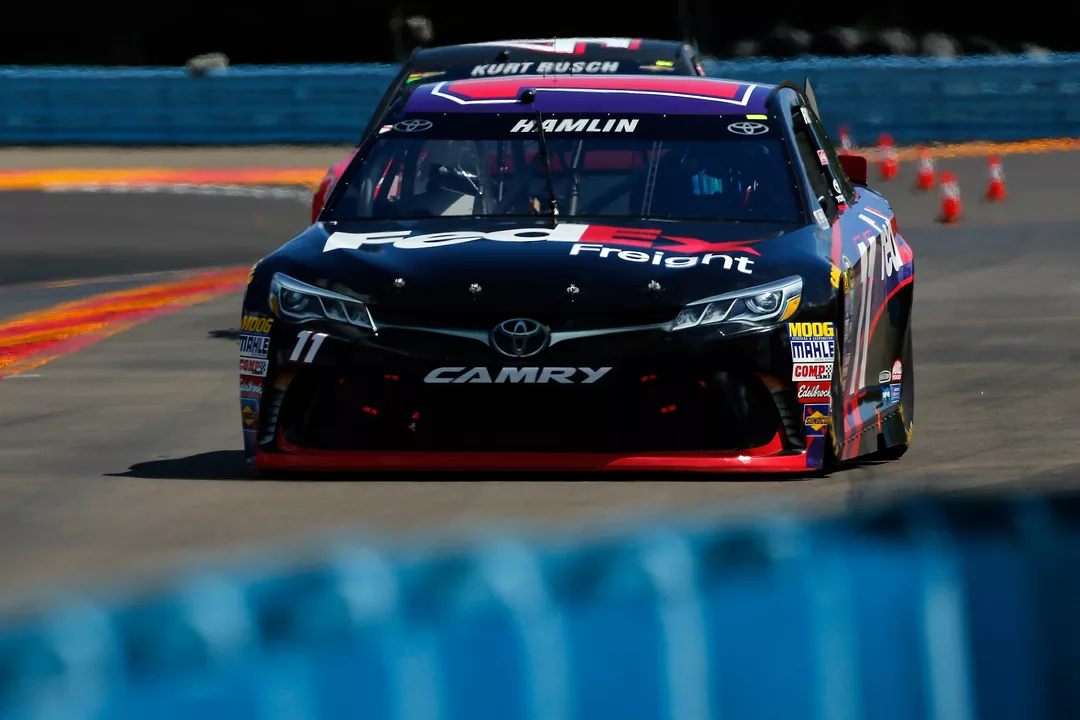Introduction to NASCAR Stages
As a passionate racing enthusiast, I've been following NASCAR for quite a while now. Over the years, the sport has undergone several changes, but one of the most significant was the introduction of stages in 2017. In this article, I will be discussing why NASCAR decided to implement stages in its races, and the impact this decision has had on the sport.
Understanding the Concept of Stages
Before diving into the reasons behind the introduction of stages, it's important to understand what they are. A stage is essentially a segment within a race, with each race being divided into three stages. The first and second stages typically consist of approximately 25% of the race's total distance, while the final stage covers the remaining 50%. At the end of each stage, drivers are awarded points based on their finishing positions, with additional points on offer for the top 10 finishers.
Enhancing the On-Track Action
One of the primary reasons for implementing stages in NASCAR races was to increase the excitement and intensity of the on-track action. Prior to the introduction of stages, some races could become quite processional, with long green-flag runs leading to predictable outcomes. By breaking the race into stages, drivers are now forced to push harder and take more risks in order to secure those all-important stage points. This has resulted in more intense battles and overtakes, which has undoubtedly made the racing more entertaining for fans.
Encouraging Strategy and Teamwork
Another benefit of stages is that they have introduced a new strategic element to NASCAR races. Teams now have to consider how best to approach each stage, taking into account tire wear, fuel consumption, and other factors. This has led to a greater emphasis on teamwork, with drivers, crew chiefs, and pit crews all having to work together to execute the perfect race strategy. The added complexity has made for more unpredictable and exciting races, keeping fans on the edge of their seats.
Awarding Consistency and Performance
Prior to the introduction of stages, drivers would often be rewarded for a single strong performance in a race, even if they had struggled throughout the rest of the event. With the introduction of stage points, drivers are now rewarded for consistent performance across the entire race. This helps to ensure that the most deserving drivers are recognized and rewarded, which is crucial in a sport as competitive as NASCAR.
Creating More Memorable Moments
By dividing races into stages, NASCAR has created more opportunities for memorable moments and highlight-reel-worthy action. With drivers going all-out to secure stage points, we've seen some incredible passes and battles that may not have happened without the added incentive. These moments not only make for great entertainment but also help to build the sport's fan base and attract new viewers.
Improving Safety
While the primary goal of stages was to enhance the on-track action, they have also had a positive impact on safety. With the introduction of stage breaks, drivers now have regular opportunities to address any potential issues with their cars, reducing the likelihood of mechanical failures leading to accidents. Furthermore, knowing that they have a chance to regroup and strategize during stage breaks, drivers are less likely to make reckless moves that could jeopardize their race.
Attracting New Fans and Sponsors
In today's competitive sports landscape, it's essential for any organization to continuously innovate and find ways to attract new fans and sponsors. By introducing stages, NASCAR has demonstrated its commitment to evolving the sport and providing a more engaging and exciting product. This has not only helped to retain existing fans but has also made the sport more appealing to potential new followers and sponsors.
Addressing Criticisms and Controversies
Of course, not everyone has been a fan of the introduction of stages in NASCAR races. Some purists argue that the format detracts from the traditional essence of stock car racing, while others believe that the added focus on strategy can sometimes overshadow the on-track action. However, it's important to remember that any significant change will always be met with some resistance, and overall, the response to stages has been largely positive.
Conclusion: Stages as a Positive Force in NASCAR
In conclusion, the introduction of stages in NASCAR races has had a significant impact on the sport, both on and off the track. By enhancing the on-track action, encouraging strategy and teamwork, and creating more opportunities for memorable moments, stages have helped to reinvigorate NASCAR and attract new fans and sponsors. While there will always be some detractors, it's clear that stages have been a positive force in the evolution of NASCAR racing.
